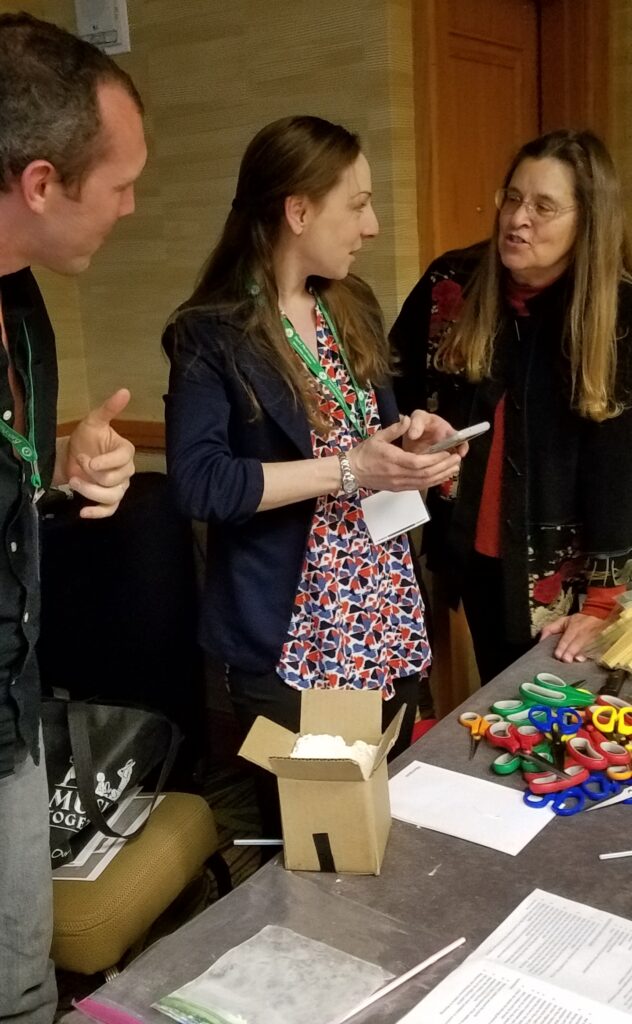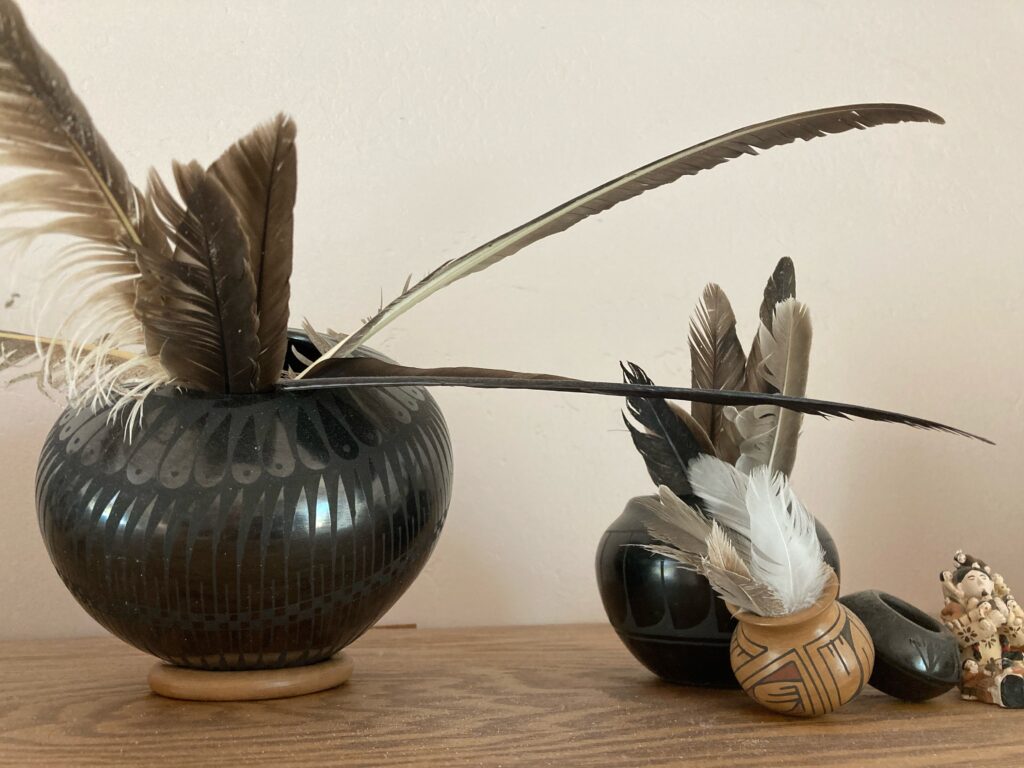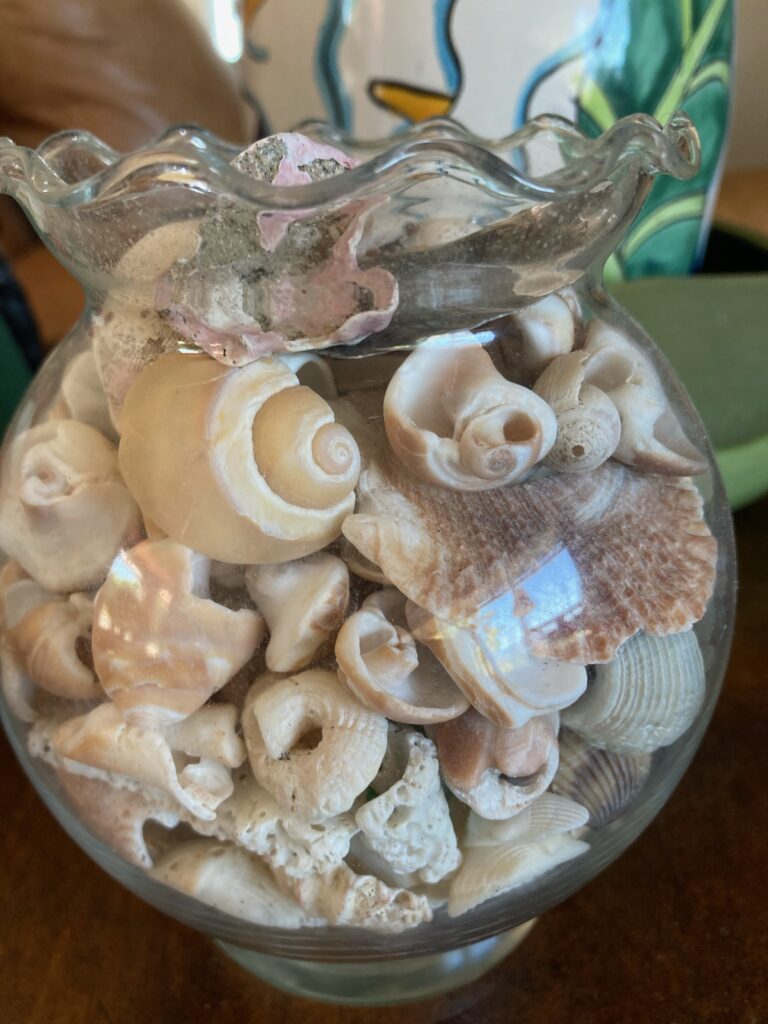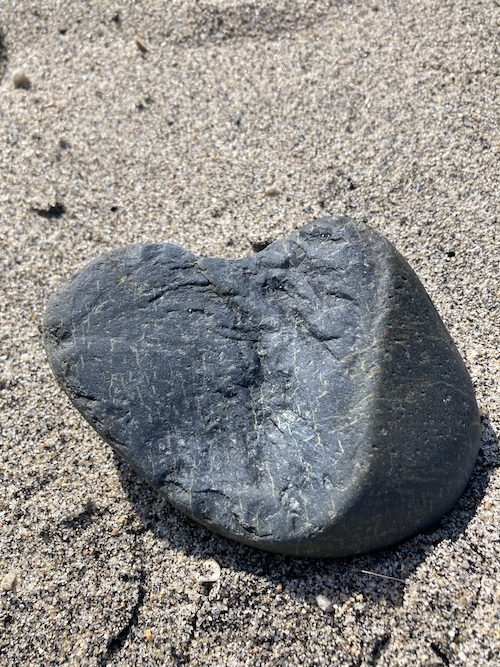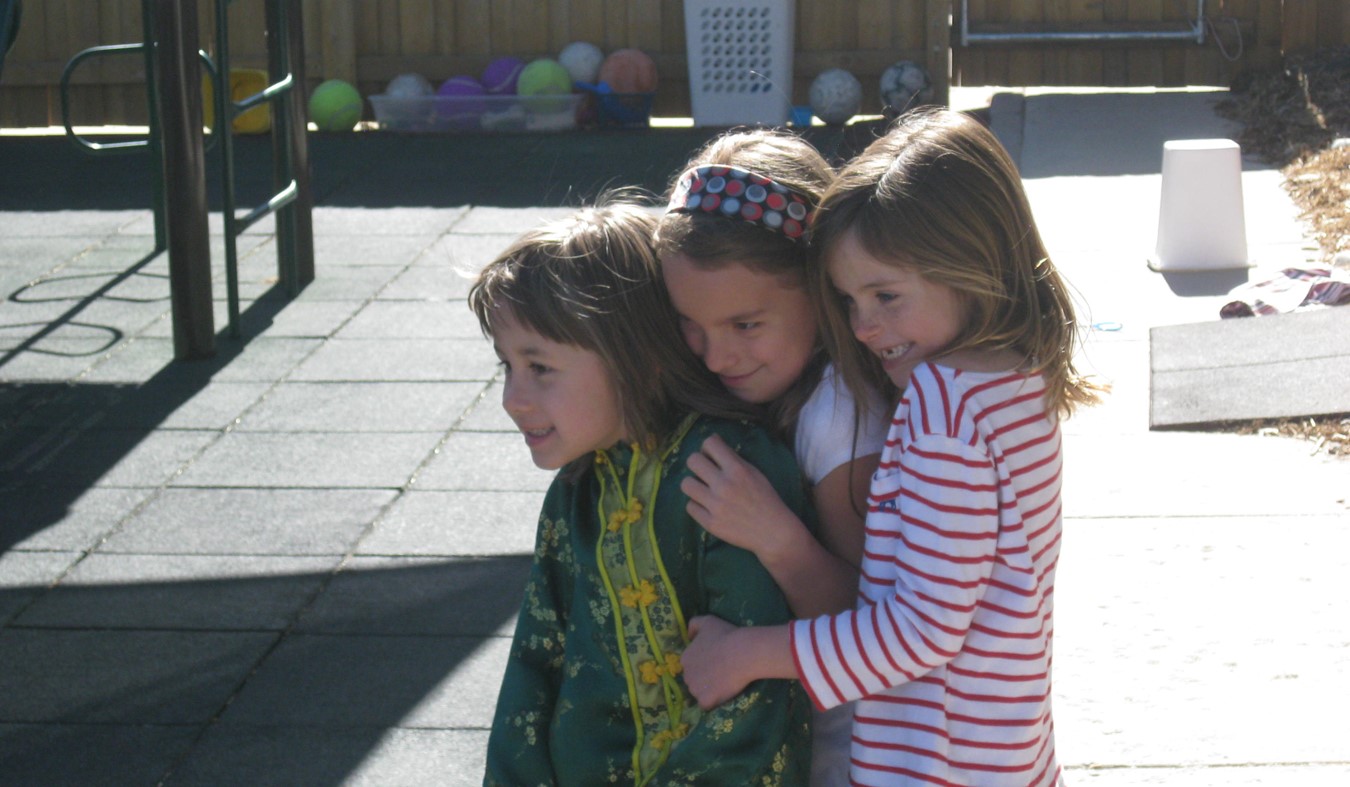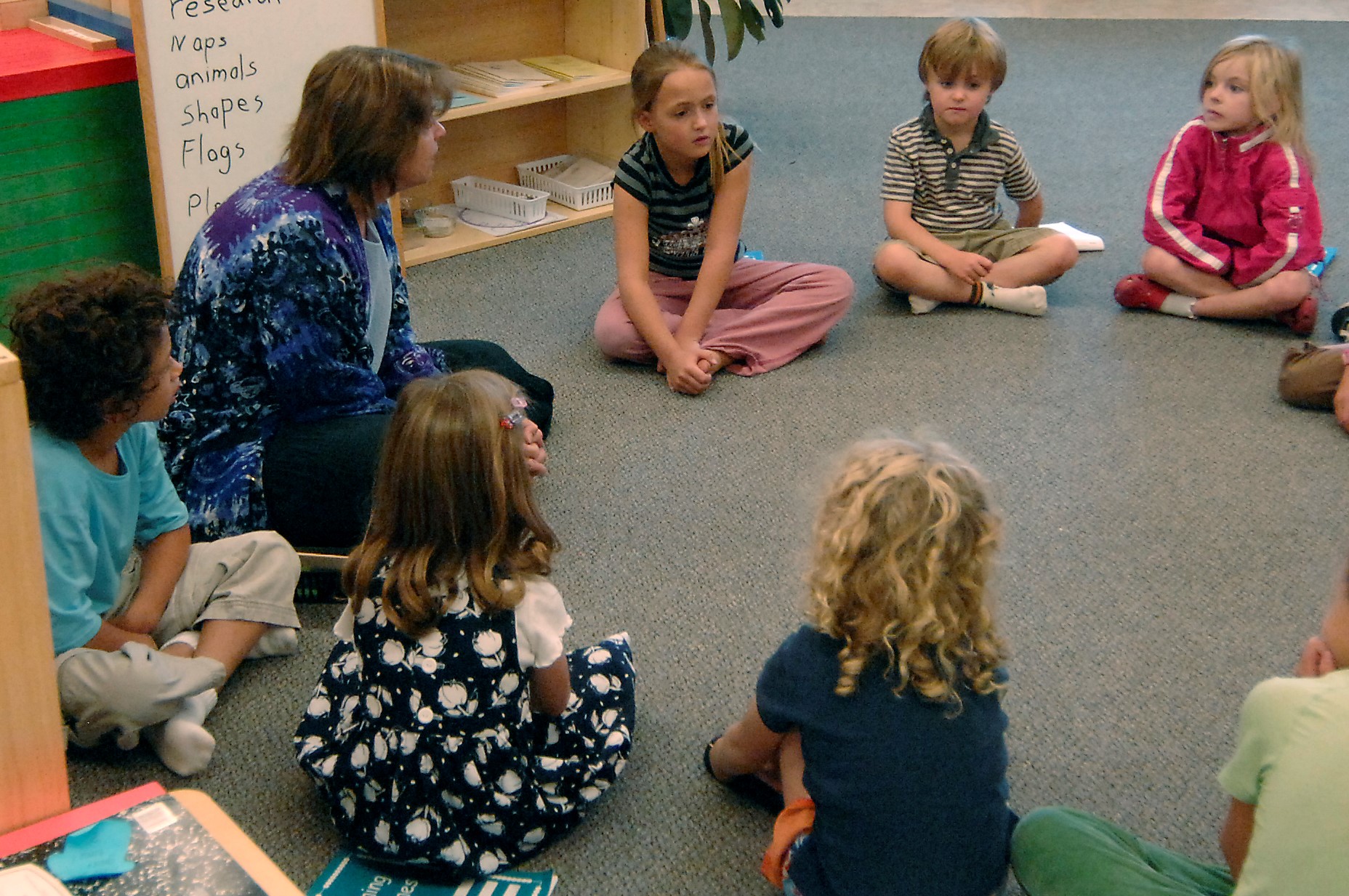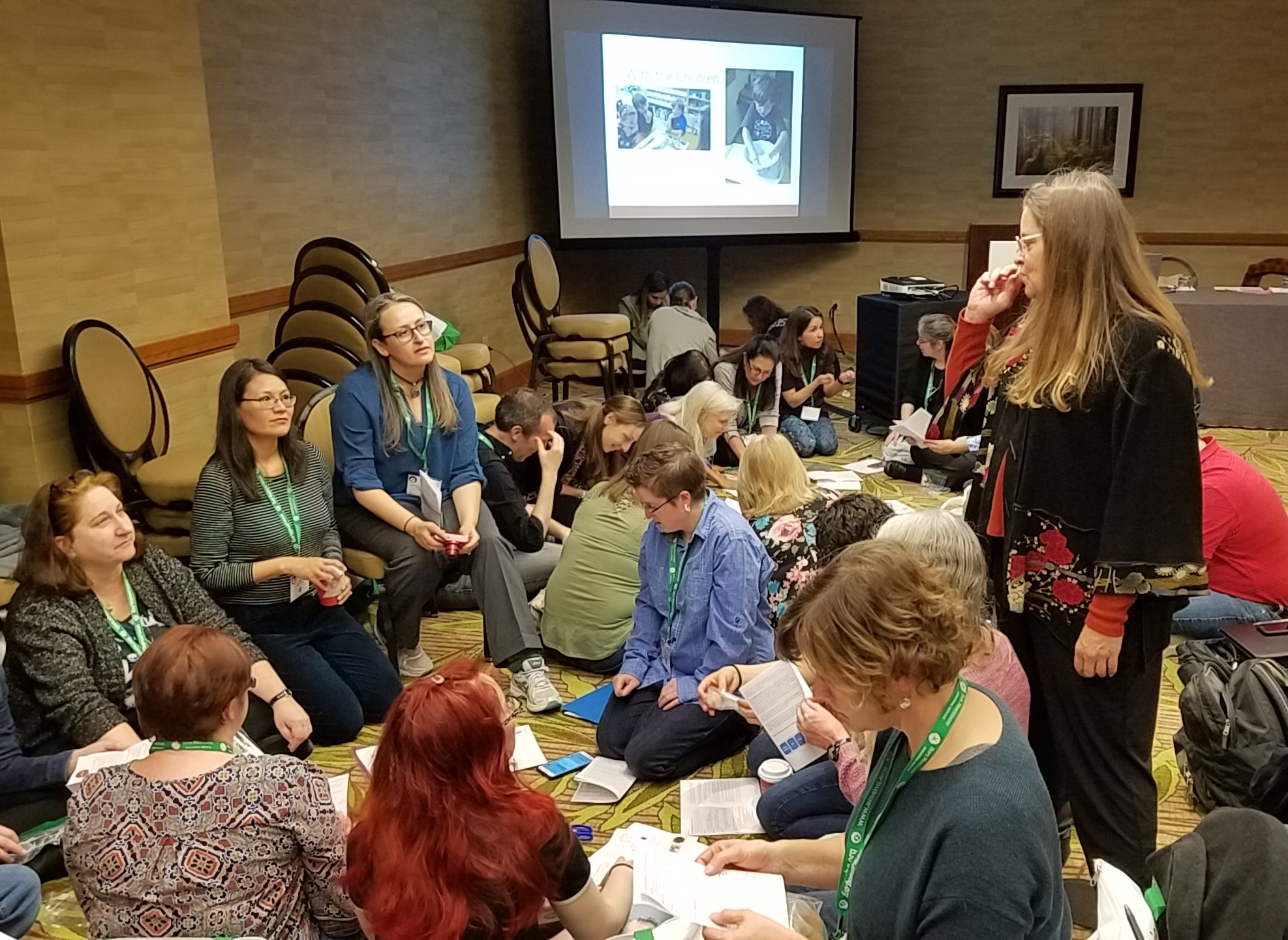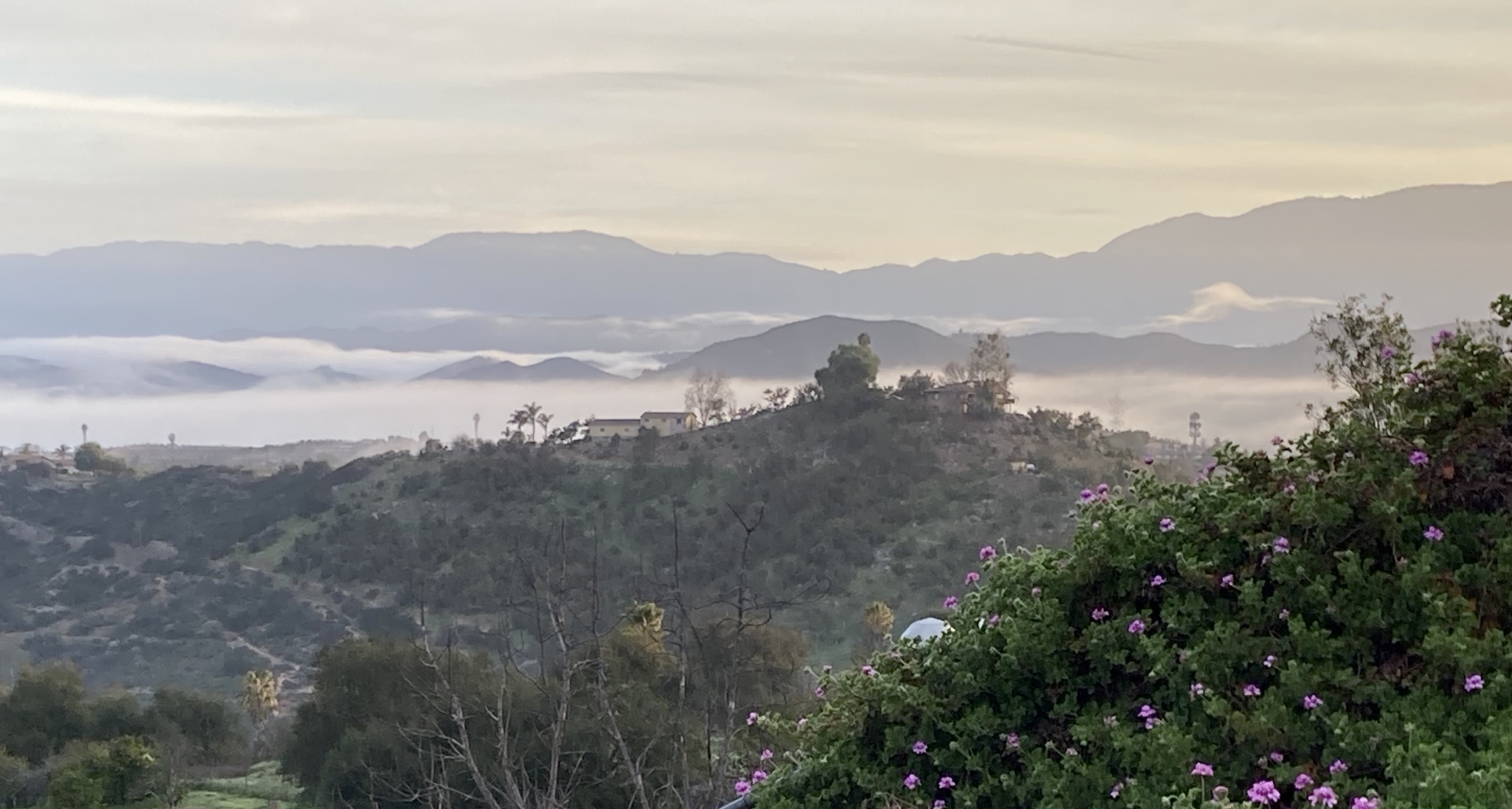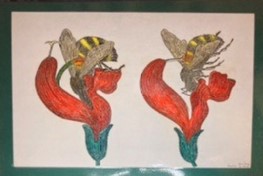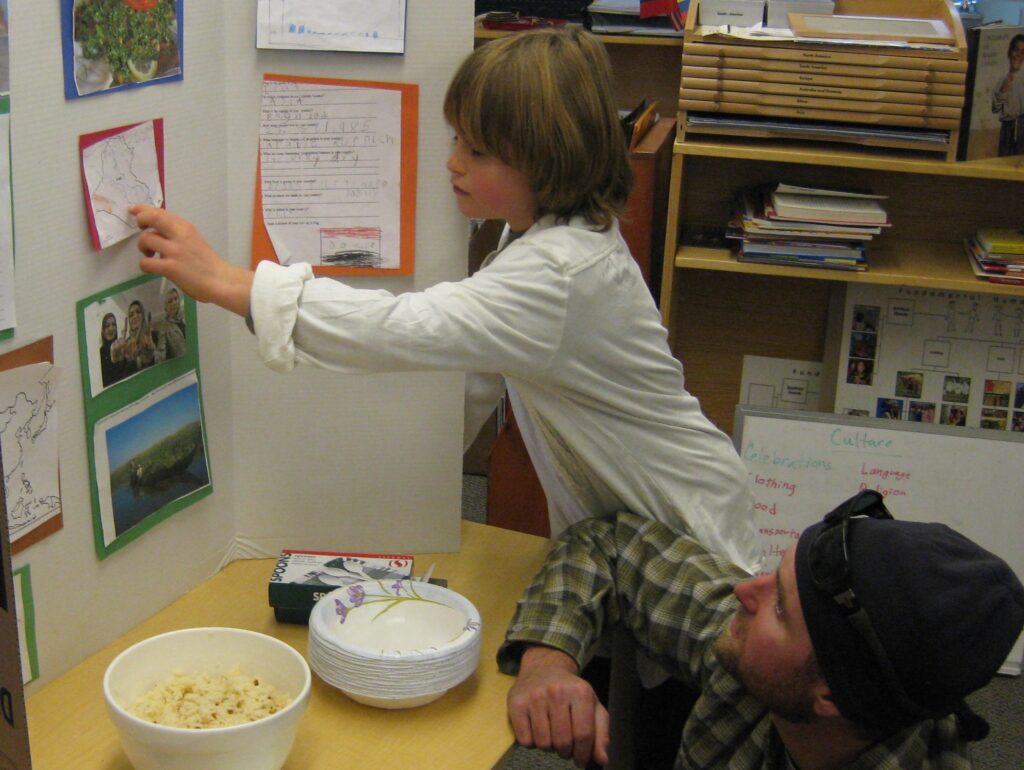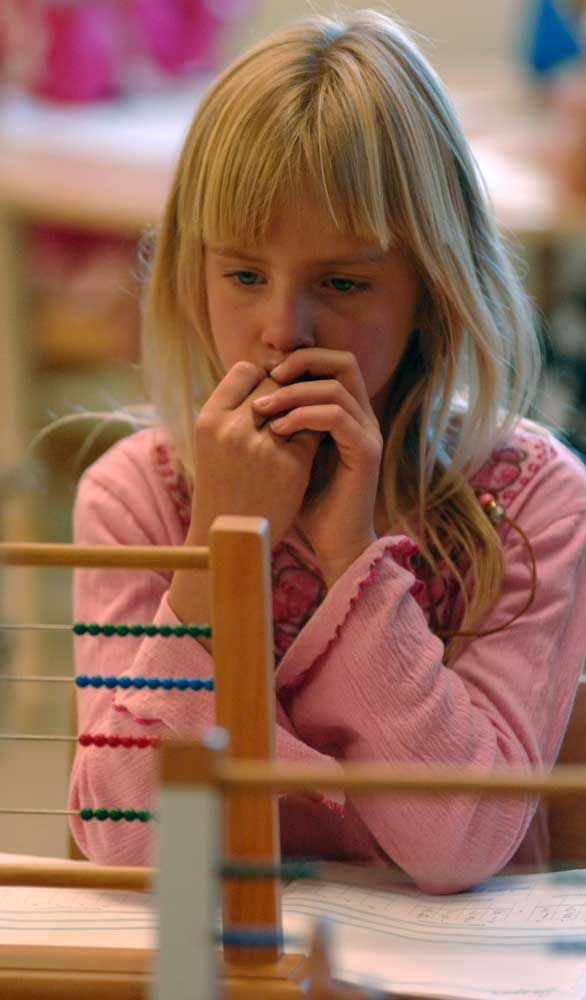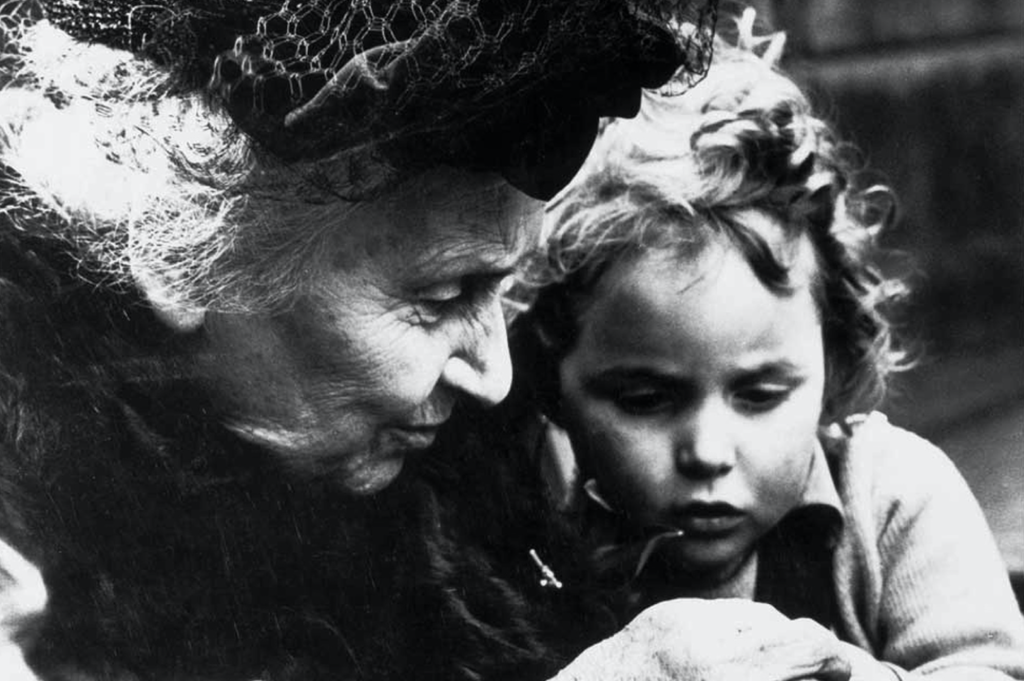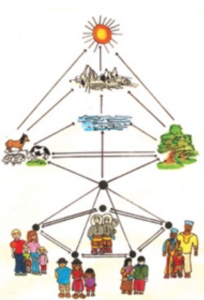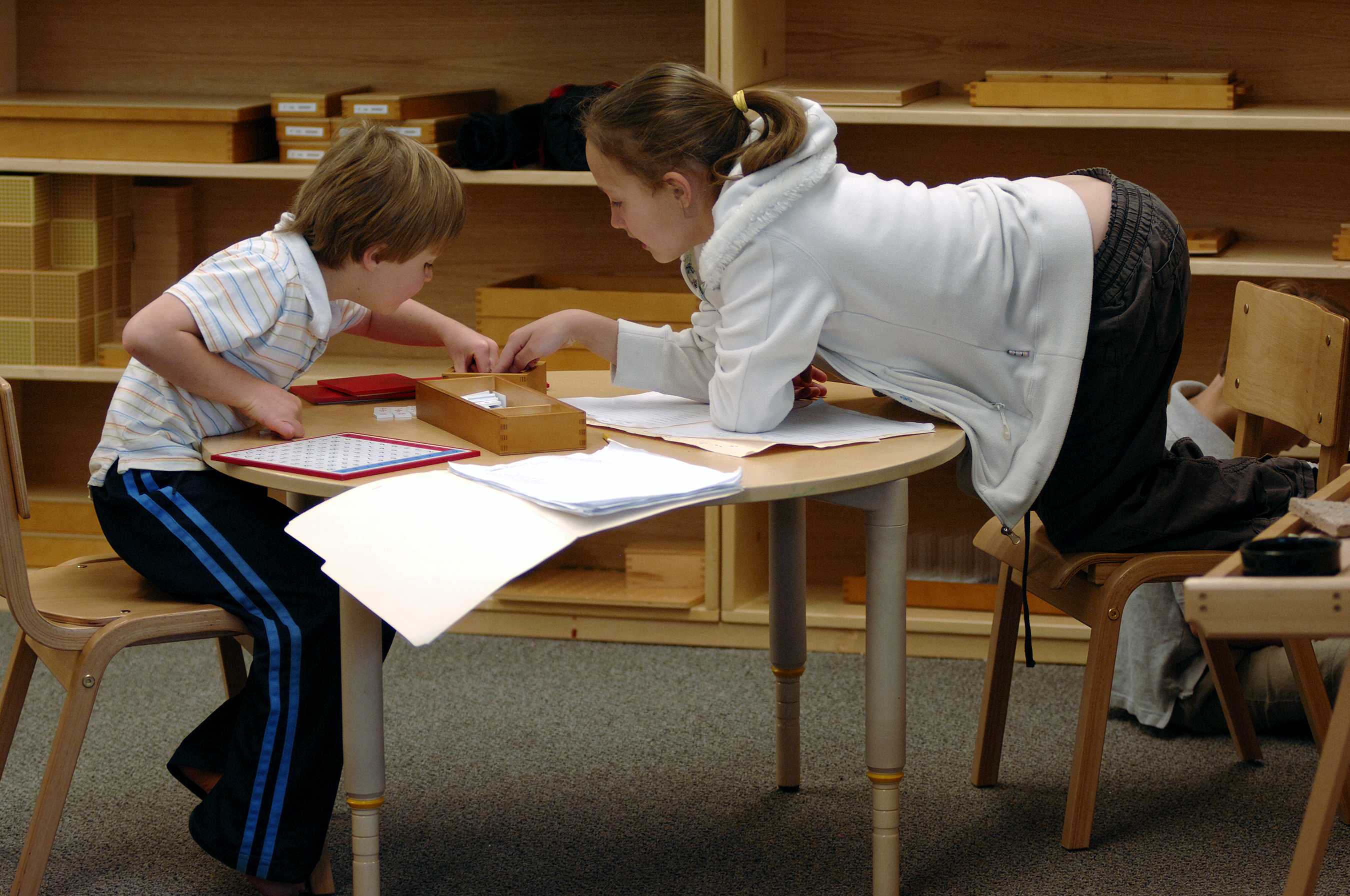“Not words, but virtues, are her main qualifications.”
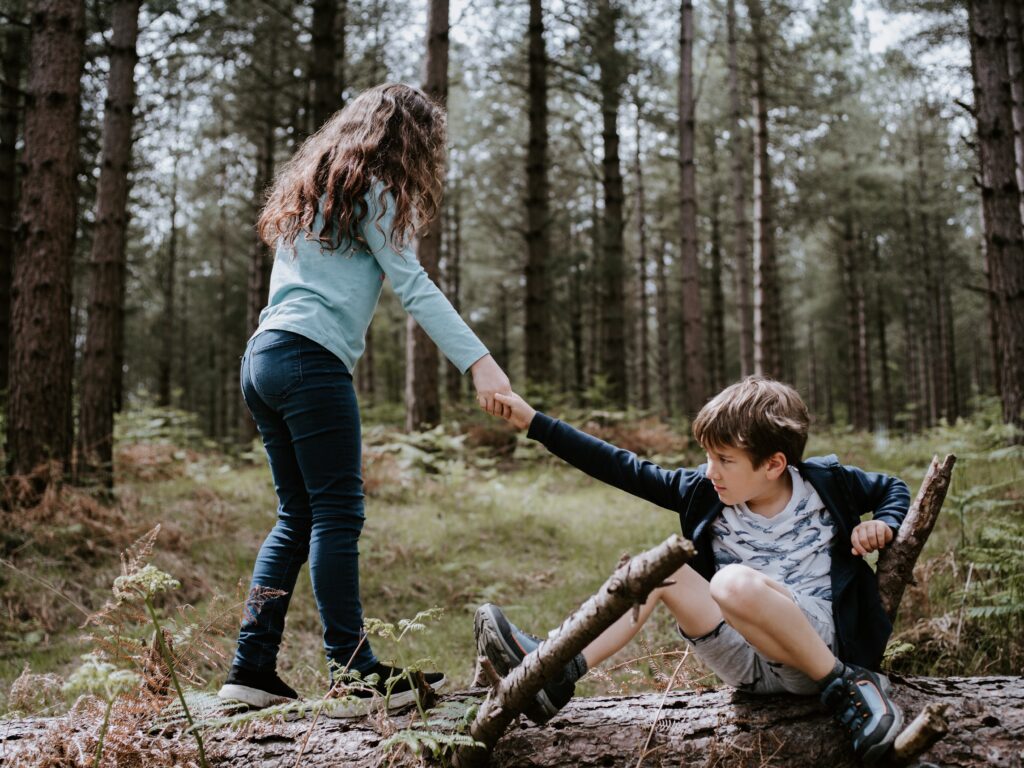
If these words were Dr. Montessori’s only directions, we teachers might feel mighty free to make up those virtues on our own. But of course, Dr. M wouldn’t leave us without some guidance, so the entire paragraph is worth a read:
The teacher nevertheless has many difficult functions to perform. Her cooperation is not all excluded, but it becomes prudent, delicate, and manifold. She does not have need of words, or energy, or severity; but she must be able to make prudent observations, to assist a child by going up to, or withdrawing from him and by speaking or keeping silence in accordance with his needs. She must acquire a moral alertness which has not hitherto been demanded by any other system, and this is revealed in her tranquility, patience, charity, and humility. Not words, but virtues, are her main qualifications.
I doubt I’d get any argument on the difficulty of our work, and I appreciate the acknowledgement that our cooperation requires careful consideration: prudence. I didn’t know, until I consulted “the google,” that prudence was once considered, in classical philosophy, as one of the four Cardinal virtues, undoubtedly something Dr. Montessori would have known as a result of her studies and the time and culture in which she lived.
The virtues of prudence, along with justice, fortitude or courage, and temperance or restraint, are woven into much of Dr. Montessori’s instructions for us teachers, especially where observation is concerned. After schooling myself with this new understanding of the vocabulary she chose in this passage, I believe I have a fuller understanding of the virtuous qualities that she requires of us would-be guides.
Still Our Virtues?
I wondered, “Do these Cardinal Virtues continue to guide our paths as 21st century Montessorians?”
I have just returned from a week-long trip in which I visited three very different and very dedicated Montessori schools in the midwest. While each of these schools did their best to practice respectful treatment of the child/student, I could feel, in the words of the guides, that their concerns for academic achievement were front and center in their minds. In their conversation and questions, it was the management of time and curriculum that permeated their thinking. The behavioral and social challenges, the very things that require exercise of those virtues, seemed not just out of reach, but nearly impossible to impact.
How could attention to the virtues held dear by Dr. Montessori, help these teachers in their day to day management of the children and their programs?

Once again, Montessori tells us…to Observe?
Why is it that Dr. Montessori always seems to return to this practice? Even in this passage concerning qualifications of the teacher, she slips this instruction right in the middle: “she must be able to make prudent observations.”
When asked about the frequency and consistency of this practice, not one of the teachers I met felt they were fully exercising this foundational practice. In a world of high-stakes value placed on specific academic success, within a distinct time-frame and applied across the board according to age, these dedicated teachers are not feeling able to manage the most important aspect of our method. None could really imagine sitting to observe for any length of time or routine consistency.
And so I offer, albeit briefly, a suggestion: Keep a tiny pad of post-it’s in your pocket (no bigger than the slim 1” x 2.5” or even the little squares) and jot down EXTREMELY brief notes of what you see throughout the day. (BTW: Be sure to include the date, time, and initials of the student on each note!) At the end of the day, you’ll have a stack of short notes to read, reflect upon, and to guide the actions you’ll choose in response to what you saw. You’ll be able to organize them in a way that will help you make informed decisions about the actions you’ll take. You’ll rest assured that your actions are based on data and informed decisions that go well beyond a recollection, an impression or a feeling. You’ll be making a real difference in the way you approach the whole child.
This method takes less time, relies on ‘facts’ more than memory, and can be shared with colleague, student and parent with confidence that your observation was not only unbiased but also reflective of more than a remembrance or an emotion.
There’s a hidden bonus, too. As you begin to manage these short, easy-to-implement observations and reflections, you may just find yourself taking a few minutes each day to actually sit and enjoy the occasional “formal observation” that has alluded you…and those virtues may creep into the forefront of your practice, too!

